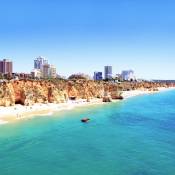47 Best Things to Do in Alfama
Showing 1 - 15 of 47
Imposing 17th century monastery overlooking Lisbon. Built in the Mannerist style the monastery's Pantheon contains the tombs of the House of Braganza.
The Museu Militar (Military Museum) in Lisbon is located below the Alfama on the site of a 16th century foundry where amongst other things cannons were cast. Many of the weapons on display now significantly predate these; medieval weapons such as maces, crossbows and lashes; 14th century mortar cannons. The museum's star exhibit is the two-handed sword of Vasco da Gama which stands as tall as a man.
There is a considerable collection representing the 'age of chivalry' with many suits of amour which would have been custom made for the crusading knights and their horses.
One of...
The Church of Santa Engracia is one of Lisbon's finest religious buildings. Located close to the Monastery of São Vicente de Fora in the Alfama district, the white dome rises high above the surrounding jumble of cobbled streets.
The current building dates back to the 17th century although there had been previous churches on the site for around 100 years. As with the National Pantheon these churches were dedicated to Santa Engrácia, a 4th century martyr from Braga. Work began on the present day structure in 1681 after the...
Reputed to be the oldest building in Lisbon, the cathedral (Sé de Lisboa) certainly has the appearance of being built to last. Compared to the frivolous Manueline architecture of the Jeronimos Monastery the Romanesque lines of the cathedral appear quite austere. Along with castellated walls and arrow slits in the towers Lisbon Cathedral, like other Portuguese cathedrals of the period, had the appearance of a fortress as much as a church.
Work began on the cathedral in 1147, the same...

Igreja de Santo António Miss Quarrel | BY-SASaint Anthony is Lisbon’s main patron saint and this church, dedicated to his memory is thought to have been built on the exact spot where he was born in 1195.
The church, which is found between the Baixa and Alfama district, was built in the Baroque-Rococo style and the exterior bears a closer resemblance to a theatre or grand civic building than to a Catholic church. There is thought to have been some kind of chapel here since the time of the saint’s death in the 13th century. However, the structure we see today was...
Set in a commanding position overlooking Portugal's capital, the Castelo de São Jorge dates back to Moorish times. The existing citadel is mainly medieval and contains the ruins of the royal palace and gardens

Manueline portal - Igreja da Nossa Senhora da Conceição SchiDD | BY-SABuilt around 1500 on the site of an ancient synagogue, and also known as Our Lady of the Conception, this was once the second largest place of worship in Manueline Lisbon. Nowadays this historic church, with an ornate façade reminiscent in style and grandeur of the Jerónimos Monastery in Belém, seems to be sandwiched between two more pedestrian buildings down a largely overlooked street. But therein lies the story of this building.
Mostly destroyed in the...

Lisbon number 12 tram dziambel | BY-SAIt only takes around 20 minutes to complete the full circuit of Lisbon’s number 12 tram route, but climbing into one of the iconic, yellow Remodelado coaches can be a fun way of getting to see the Baixa and Alfama districts and taking in sights such as the Se Cathedral and St Anthony’s Church.
The tram doesn’t get to build up much speed on the journey; there are quite a few steep inclines in this part of town, and there can be some pretty hair-raising sharp turns and sudden jolts. But this, together with the sound of the brakes shrieking and the people-watching opportunities are,...
Positioned on Praça do Comércio and acting as a grand opening onto the Baixa's central Rua Augusta, this ornate and imposing archway is also known as the Rua Augusta Arch.
As the name hints, the Arco Triunfal was originally built to commemorate Lisbon’s reconstruction following the devastating earthquake in 1755, although the version that exists today dates from 1875.
The Rua Augusta Arch is adorned with various statues of historical figures and following restoration in 2013 it now gives...

Praça da Figueira - Lisbon Bernt Rostad | BY-SAPraça de Figueira is a large square in the centre of Lisbon, one of three in the Baixa district. The name translates as fig tree square, although there is little sign of the original trees. The square was created in the 18th Century after the Lisbon earthquake of 1755 had destroyed the buildings that had stood on the site beforehand (as well as much of the rest of the city). It had previously been the location of Lisbon’s main hospital; the Real de Todos os Santos. Plans to rebuild...
No visit to Lisbon would be complete without a stop-off at the majestic Praça do Comércio, one of Europe's largest squares, surrounded on three sides by classical 18th century buildings and opening up on the south side to the Tagus River estuary. This plaza was once known as the "gateway to Lisbon", in recognition of the time when merchant ships arriving at the port would offload their cargo here. This was also where passenger ships disembarked.
...Perched upon a hillside in the Graca neighbourhood, Miradouro da Senhora do Monte, (Our Lady of the Hill), looks out over Lisbon and is the city's highest lookout point or miradouro. With such a position it means it offers uninterrupted 250 degree panoramic views across Lisbon from the stunning old quarters and castle to the downtown district of the city and beyond; it's a perfect opportunity to get some amazing photographs of the landscape and city as well as the Tagus River estuary and the Castle of Saint George.
This sight is a real hidden gem. Owing to its location just...

Igreja de São Domingos, Lisbon Jacek Plewa | BY-SALisbon’s Igreja de São Domingos church, in the Baixa district, has played a key role in many of the city’s tumultuous historical events. It has seen earthquakes, fires, pogroms as well as royal weddings and other historic ceremonies. Today there is a palpable sense of history, and as well as having a vibrant congregation. This place draws in tourists who come here to escape the hustle and bustle of city life, and soak in the sombre atmosphere of this unique, if slightly eerie place of worship.
The original church was consecrated...
The Elevador de Santa Justa (Santa Justa lift) is a 47 metres (145ft) Lisbon's only remaining vertical elevator and connects Rua do Ouro in the Baixa to Largo do Carmo near Bairro Alto. It was built, along with several other cable powered urban lifts and funiculars, in a time before cars and the Metro. Whilst this may sound quite utilitarian and uninteresting nothing could be further from the truth.
Inaugurated in 1902, the elevator is a cast iron tower decorated with Neo-Gothic style filigrana details. Some say it is reminiscent of the Eiffel Tower in Paris, and this is not...
15. Praça do Rossio
If you’re looking for the heart of Lisbon, this centrally located square with its traditional Portuguese mosaic cobbles has been one of the city’s main plazas for centuries. Located in the downtown Baixa district it is officially known as Praça Dom Pedro IV, the locals prefer to use its old name, 'Rossio'.
The square features a large pedestrian area flanked by trees with numerous cafes, restaurants and touristy shops - not to mention some majestic buildings, two elegant, bronze fountains, which were imported from France in...
Pages
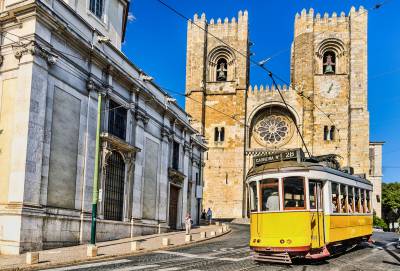
Alfama travel guide »
Occupying the tallest of Lisbon's hills, the district of Alfama brims with the feel of times gone by and is the truly emblematic part of the city. Largely spared in the earthquake of 1755, it is still a maze of narrow streets and...
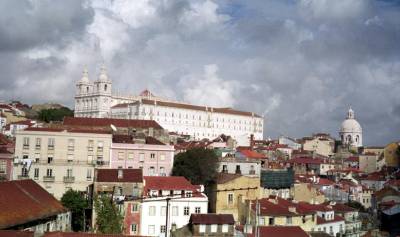





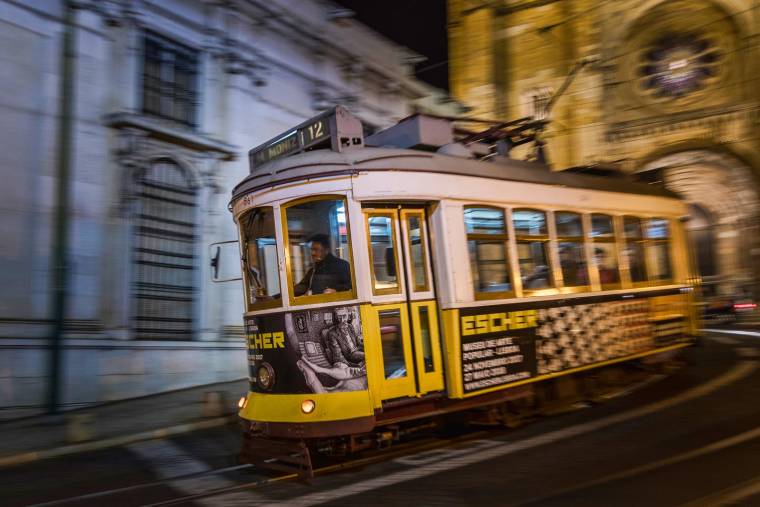

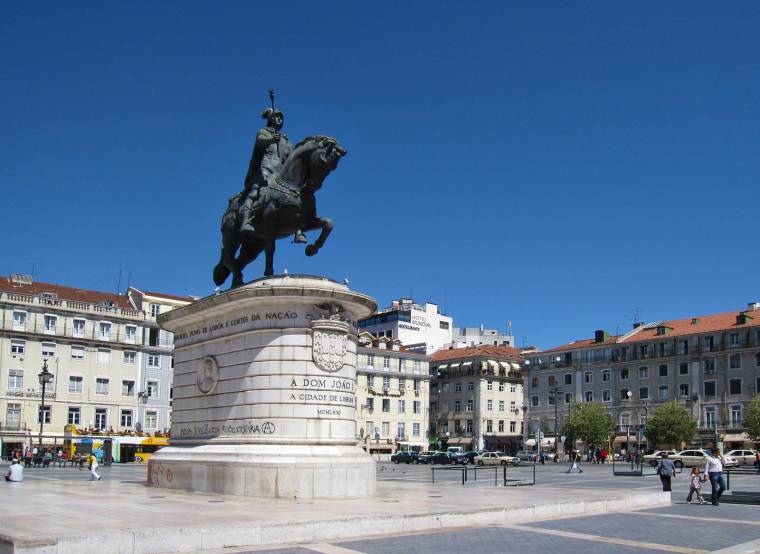
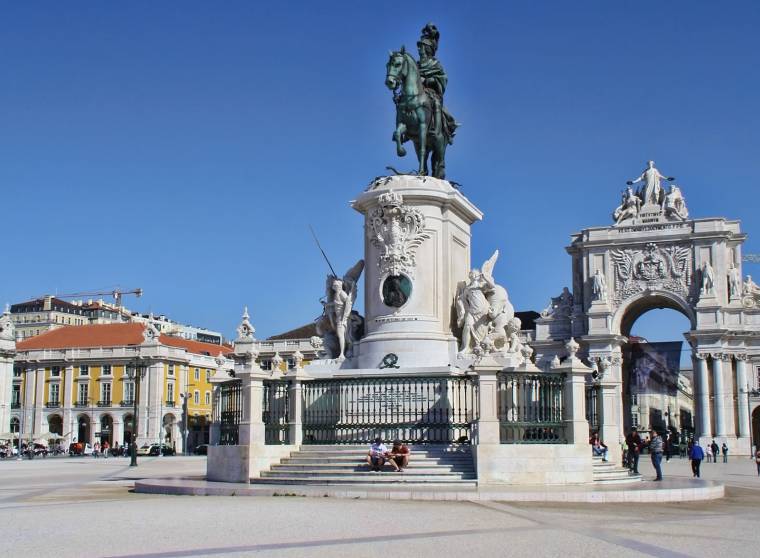



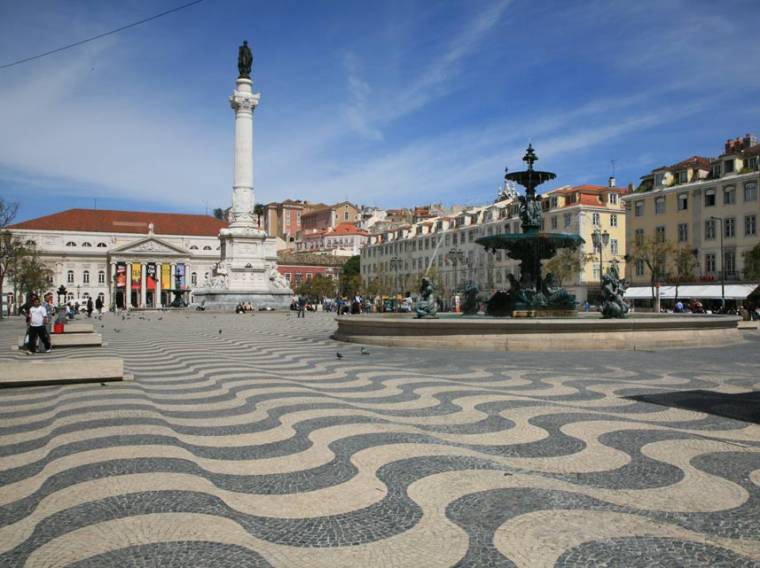
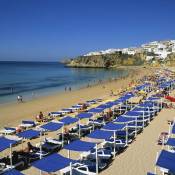 Albufeira
Albufeira
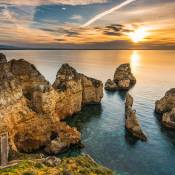

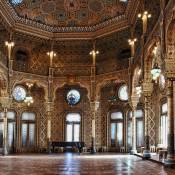


 Cascais
Cascais

